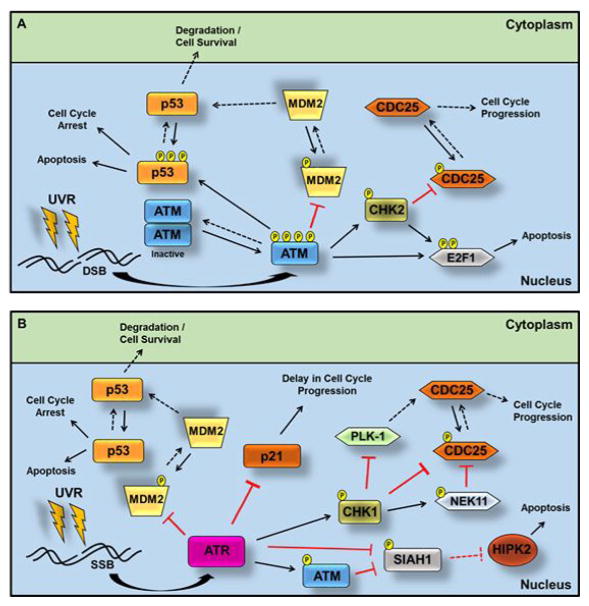Figure 1. ATM/ATR-dependent cell cycle arrest or apoptosis in response to UVR.
(A.) UVR-induced DSB trigger autophosphorylation of ATM at Ser367, Ser1893, Ser1981 and Ser2996. The active ATM monomer phosphorylates CHK2 at Thr68, which leads to inhibition of cell cycle progression through an inhibitory phosphorylation of CDC25 at Ser216. ATM can either directly phosphorylates p53 at Ser9, Ser15, and Ser46 or indirectly regulate p53 through phosphorylation (at Ser394) and inhibition of MDM2. Both of these events lead to cell cycle arrest or, with prolonged ATM activation, apoptosis. ATM can also phosphorylate CHK2 (at Ser364) and the transcription factor E2F1 (at Ser31), both of which ultimately lead to apoptosis. (B.) UVR-induced SSB lead to ATR activation and increased p53 stability through an inhibitory phosphorylation of MDM2 at Ser407. Direct phosphorylation (at Ser19) of the E3 ubiquitin ligase SIAH1 by ATR results in SIAH1 inhibition, which allows HIPK2 to activate p53. SIAH1 inhibition can also occur through ATR-dependent phosphorylation of ATM at Ser1981. Phosphorylation of CHK1 at Ser345 by ATR can lead to cell cycle arrest by several routes: CHK1 can directly phosphorylate CDC25 or indirectly inhibit CDC25 through NEK11 or PLK-1. Excessive DNA damage caused by high-dose UVB can also lead to promotion of apoptosis through p21 inhibition (see text for details). Solid lines indicate UVR-induced events, while dotted lines represent outcomes in the absence of UVR.

